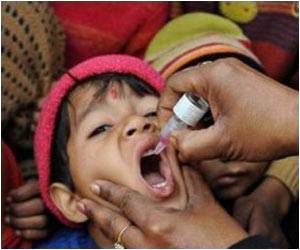
In 2009, a new rapid detection method was designed to detect genes from the new influenza A(H1N1) virus and was used during a period of enhanced surveillance for influenza after global pandemic alerts were announced. Julian Wei-Tze Tang, Ph.D., M.R.C.P., M.R.C.Path., of National University Hospital, Singapore, and colleagues analyzed trends and symptoms among patients in Singapore during this period, from May to July 2009.
During the 12-week surveillance period, 2,683 individuals with symptoms, close contacts or travelers were tested using the rapid-detection assay. Of these, 742 (27.6 percent) were positive for any type of influenza virus, including 547 cases (20.4 percent) of influenza A(H1N1).
Early pandemic influenza cases appeared slightly milder than seasonal flu and had a different symptom pattern. The most common symptoms among individuals with pandemic influenza were cough (88.1 percent), fever (79.3 percent), sore throat (53.7 percent) and runny nose (49.9 percent). Individuals with the predominant strain of seasonal influenza most commonly had fever (88 percent), cough (81.4 percent), runny nose (55.7 percent) and sore throat (38.3 percent).
Seasonal influenza affected individuals of all ages, with a higher proportion of those 5 years and younger, while the pandemic virus was more likely to affect children and young adults and had very few elderly cases.
"It is likely that these symptom patterns will continue to evolve and change as the novel pandemic influenza A(H1N1/2009) eventually predominates, globally, in the susceptible human population," the authors conclude. "However, this early window period in this first wave of the pandemic has provided an opportunity to compare the symptomatology of these different influenza viruses in this particular tropical environment and ethnically diverse population during this transitional period."
Advertisement
Source-Eurekalert
TAN










